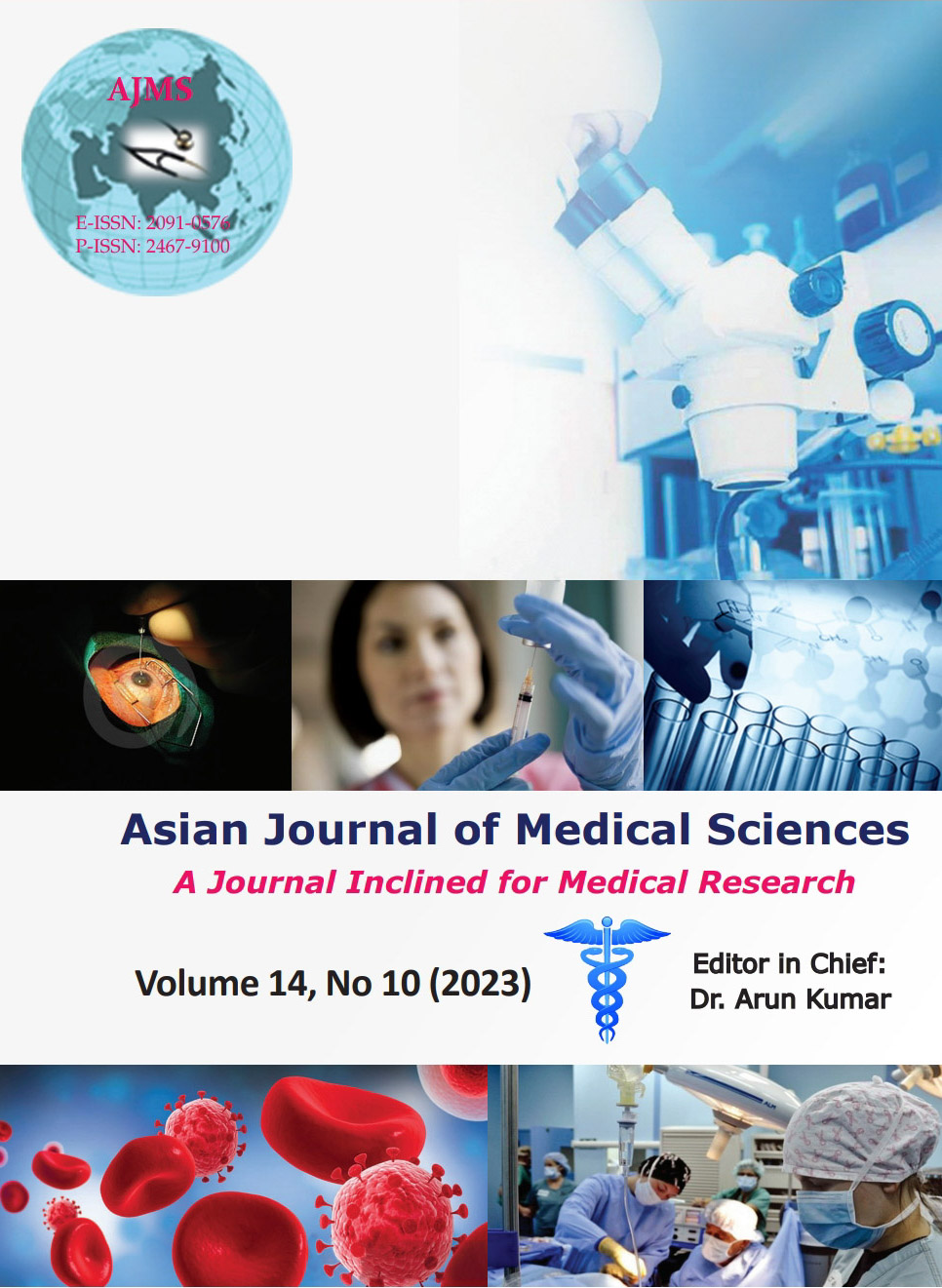Measurement of head circumference, head length, head width, intercanthal distance, ear length, and distribution of low-set ear in a healthy newborn population of West Bengal
Keywords:
Anthropometry; Craniofacial; Newborn; Low-birth weight; AuricleAbstract
Background: Anthropometry is a process of systemic measurement of the human body and its different parts. A reference dataset of craniofacial measurements of a particular geographic area and particular age group is useful for reconstructive surgery of the face, orthodontic research, criminal and racial identification, assessment of the nutritional status of children and diagnosing dysmorphogenesis conditions.
Aims and Objectives: The present study was conducted to obtain the measurements of craniofacial parameters, including head length, head width, head circumference, intercanthal distance, ear length, and ear position in normal- and low-birth-weight (BW) healthy newborn babies to prepare a dataset of these parameters. Another objective was to find out if there were statistically significant differences in the above parameters between male and female newborn population in normal- and low-BW (LBW) newborn groups.
Materials and Methods: This study was conducted at the nursery, department of Pediatrics, RG Kar Medical College and Hospital, West Bengal (Eastern India), on 1571 healthy newborn babies (1-2 days old).
Results: We obtained the range and mean value of all the parameters in newborn. No statistically significant sexual dimorphism was observed. The most common head shape was mesocephalic (45%). Low-set ear was found in 0.043–0.057% of cases, and no statistically significant difference was observed between normal and LBW newborn population regarding the distribution of low-set ear. Most of the craniofacial parameters had statistically significantly higher values in normal BW babies than in the low-birth-weight group.
Conclusion: These data sets can be used by clinicians, and researchers as a reference for the newborn population of West Bengal.
Downloads
Downloads
Published
How to Cite
Issue
Section
License
Copyright (c) 2023 Asian Journal of Medical Sciences

This work is licensed under a Creative Commons Attribution-NonCommercial 4.0 International License.
Authors who publish with this journal agree to the following terms:
- The journal holds copyright and publishes the work under a Creative Commons CC-BY-NC license that permits use, distribution and reprduction in any medium, provided the original work is properly cited and is not used for commercial purposes. The journal should be recognised as the original publisher of this work.
- Authors are able to enter into separate, additional contractual arrangements for the non-exclusive distribution of the journal's published version of the work (e.g., post it to an institutional repository or publish it in a book), with an acknowledgement of its initial publication in this journal.
- Authors are permitted and encouraged to post their work online (e.g., in institutional repositories or on their website) prior to and during the submission process, as it can lead to productive exchanges, as well as earlier and greater citation of published work (See The Effect of Open Access).




